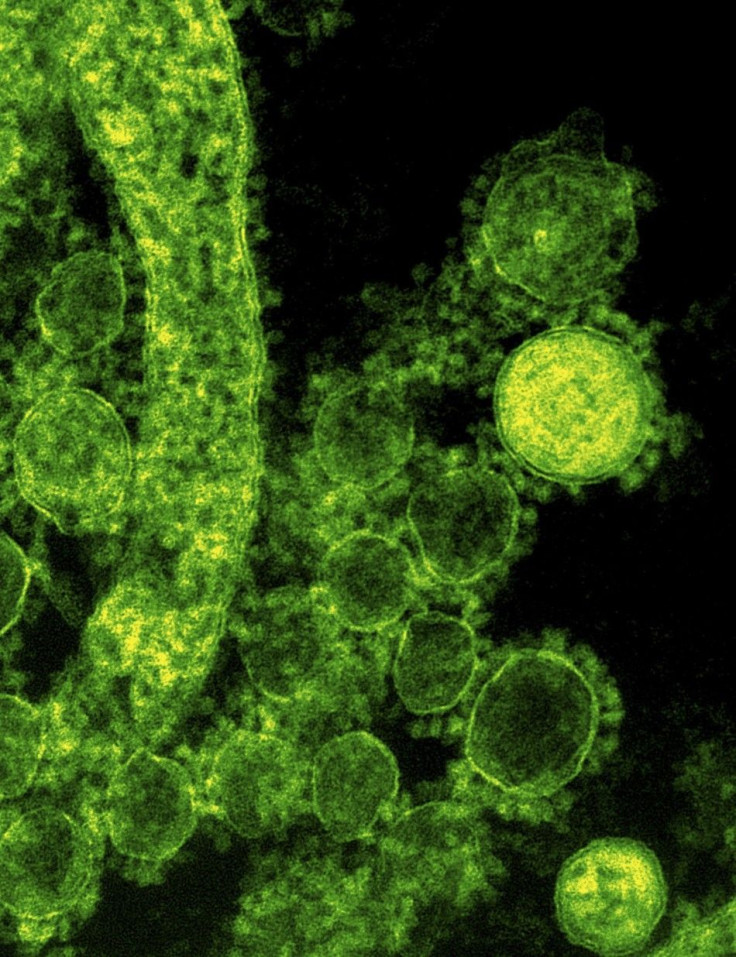Healthy Humans are Home to Several Bacteria, Including Strains of Herpes Viruses
Healthy Human Beings Carry Five Type of Viruses on Their Body

A new study by the Washington University School of Medicine in St. Louis has found that a healthy human body houses the same bacteria that make us sick. The research has found that on an average, healthy human beings carry five type of viruses in their body, though they are ailment-causing viruses, they are not seen to cause any illness.
The study, funded by the National Institutes of Health (NIH), was conducted as a part of the Human Microbiome Project and was aimed at categorising the body's bacterial eco systems. This is the first study that gives a detailed analysis of the different types of viruses in healthy people. Study co-author Gregory Storch, MD, a virologist and chief of the Division of Pediatric Infectious Diseases said that the fact that normal bacterial flora exists in the body is well known. But it was not known as to whether there was a viral counterpart; however, this study, proved that there is a "normal viral flora, and it's rich and complex," he said.
For the study, 102 healthy individuals between the ages of 18 and 40 took part. Half of the individuals were men and the other half were women. Five parts of their body were scanned; this included their nose, mouth, skin and vagina. Their stool was also checked. In 92 per cent of the studied individuals, there was at least one virus and some had 10 to 15 viruses.
They found seven families of viruses, including strains of herpes viruses that are not sexually transmitted. In the mouth, 98 per cent of the individuals have herpesvirus 6 or herpesvirus 7. New virus has been found in the skin and mouth. About 38 per cent of the women had papillomaviruses in the vagina. Some viruses increase the risk of disease.
Lead author Kristine M. Wylie, PhD, an instructor of pediatrics, said that if only five sites could produce this result then a whole body scan would show a lot more virus. They were scanned at two to three points in time and found that some of the viruses caused stable, low-level infections. But the effect on overall health is still not known. A scan on their health revealed that though they had viruses such as papillomaviruses, they had not been diagnosed with human papillomavirus infection (HPV), which can cause cervical and throat cancer.
Researchers also said that they might have been dormant infections that were acquired years ago. They hide in cells and not in body fluids, explained Wylie. He further continued that viruses in body secretions point towards an active infection. The researchers have to further find which are the viruses involved in causing diseases and which are not.
"It's very important to know what viruses are present in a person without causing a problem and what viruses could be responsible for serious illnesses that need medical attention," said Storch, the Ruth L. Siteman Professor of Pediatrics. Though further research is a must, the present study has given an accurate picture of the "communities of viruses that naturally exist in healthy people."
The study is available online in BioMed Central Biology.




















